I think as moms, we would all say we are passionate about connecting to the hearts of our children. For me — children have always been my heartbeat. Children influenced my major, my career and later led to my putting my career with children on hold—to be a stay-at-home mom. I know this is a great privilege, so I don’t take it lightly my getting to be home with them.
We started our first adoption eight years ago, and I devoured the attachment books and training like I was a medical student preparing for practice. We brought home our first child through adoption a year later (four children under four should be a blur only it isn’t because it was too wild to forget!) — and we only broke our attachment “cocoon” leaving the house in those first months for doctor visits and therapies.
I remember struggling wishing we could just stay home and bond like other newly adoptive families (as if that’s what they all do 😉 — and I will never forget convincing a doctor to allow me to lay on a x-ray table beside my newly home son. I’d pay good money to hear that conversation… explaining why it might be against policy but he needed to know I was there and that x-ray would only come with my shoulder and arm on the edge of it. Bless it.
Oh moms — we are a funny breed, and there’s nothing we won’t do for our children and to connect with them.
The years passed — and we did “the attachment dance” – only I think we probably looked a lot more like Baby in her first days with Patrick Swayze than Simone on Dancing with the Stars.
Was I getting this right?
Was the “time-in” really better than the “time-out”?
Did I remember the zip lock bag of snacks to remind my child he always has provision as we run errands?
I could have used knee-pads for the amount of time I spent “look at my eyes sweet one… see mommy’s eyes?” Y’all. One day I drew fake glasses around my eyes just to encourage eye contact. Some of you are laughing — while some of you are in a place asking, “Oh my gosh — brilliant! Why didn’t I think of that? Honey — bring me a marker!”
I continued to research the attachment process — were we connecting, thriving, making steps forward — all questions we ask ourselves over and over again. I found myself flying across the country to sit and learn under one of the attachment therapists many of us as moms grew to love – and I left that training just wanting to put Dr. Purvis in my bag and bring her home with me. Her colleagues joined me in bringing this training and encouragement to other moms through our retreats — and we all would tell you we benefitted greatly from applying her years of research and practice.
Years later we brought home another son through adoption. For years we poured in the same connection strategies — to find ourselves here home seven and four years later with both our boys — still working on connecting.
But. It now looks so different.
If an “average Joe” were to sit at our dinner table, he would have a hard time telling the difference between our children who come from hard places verses our children who do not. I’d guess acquaintances who see us at church or out in public would say our children are all well adjusted, and they would be surprised to hear we still work on attachment every single day. But friends who spend a lot of time with us — who see what happens if a request is turned down or if another sibling won’t share or a child feels out of control — know that this is an on-going process for us. And now it just looks different.
Maybe you have been home for 5+ years with your child also — and you feel like you are at an attachment stand still. You feel like you and your child have connected deeply, but you have moved past the “look in mommy’s eyes” stages and don’t know what to do to attach more deeply.
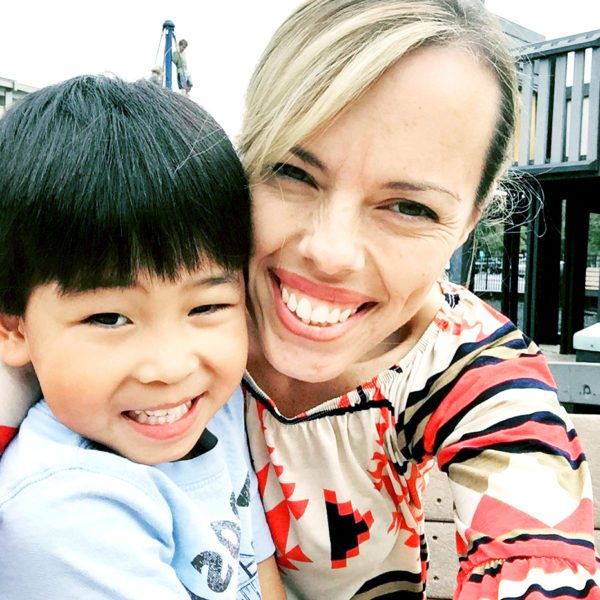
Here are some steps that may help you go deeper into both healing and relationship together…
Reflect, Observe, Pray.
Take some time to reflect, observe and pray. Look for areas where your child is still struggling and changes in behavior in different circumstances. Make note of their “buttons” —what precipitates difficult behavior, causes him to run to his room or makes him shut down? (fight/flight/freeze).
Here are some examples from other parents that may help get you started…
• I’ve noticed at birthday parties my child struggles the most. She shuts down not in the large group time but when it’s time to sing and open gifts for the other child —essentially when all of the attention is on another child. It takes days for her to recover! There are days of regression and constant talk about her next birthday.
• Babies! Being around little babies is hard for him. He doesn’t like me to hold little babies — and often after seeing a baby he acts like a baby at home. He has even begged me at eight years old for a pacifier.
• She is happiest when she’s “performing” for us. She wants us to play music all the time and clap for each performance. It’s really cute, until another child wants in on the fun and a turn too. Then she melts down and runs to her room.
• She is overly affectionate (to us not strangers) — but four years later I know her heart. It feels more like pretend than real — and although we return the hugs and make a big deal about every one — I sense it’s her neediness more than overflowing love shared for us.
Okay — you have your list. Now I would encourage you to take that list to prayer. Lord, give me insight what my child needs and what her heart is asking for even when she doesn’t understand the unmet needs and loss it feels. Use us Lord – to bring more healing and give us deeper connection as we continue walking together.
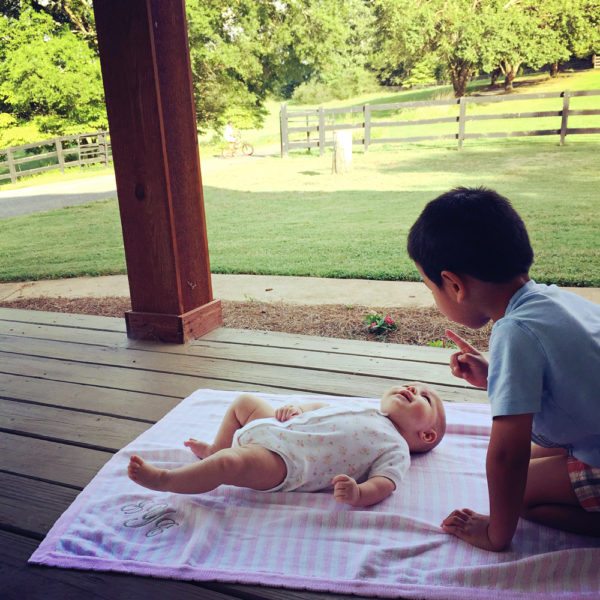
Identify the Root of Behavior
You may just have one behavior that comes to mind — but the longer you do the first step (I would recommend at least a week) — more may come to light. I have learned this process is as necessary for me as it is for my child. In 5-10 years of connecting, there may have been things you have set aside, allowed bitterness or frustration to overlook or even written off as simply “who she is”.
Go back through your list and ask your spouse to help you identify the root of each behavior. It doesn’t have to be perfect or “right” — see it as a starting point in discovering where growth areas are in your relationship. So, if I was working with the list above, it may look something like this…
• Self-worth: I think my child struggles with knowing and believing she is important. It is hard for her to praise or encourage — or see another child being the center of attention.
• Loss/Nurturing/Protectiveness: When my child sees babies I think it must remind him of loss — what he missed with us, what he lost as a baby and it feels safe and good to be a baby in our arms.
• Self-worth/Performance/Attention Seeking: She is happiest when she sees us delighting in her. I think it must feel scary for her to see us delighting in someone else.
• Attention Seeking/Performance: I think my child wants to be the “good child” and is performing. I want her to know in her heart she doesn’t have to perform or pretend.
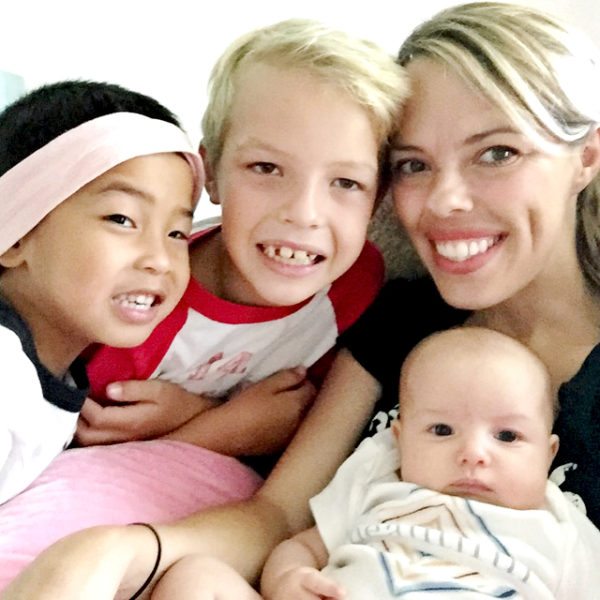
Plan and Practice
There will be times when your list merits getting outside counseling help, but often slowing down enough after you have been home for so many years to reflect, observe and identify where your child is — is the first place to start.
Now, the next step is the hardest and one that I can’t give you a step-by-step self help with. Each child is so different, and after five, ten or even more years home, only you know what you have already tried and what has brought deeper connection. I think where we often fail is by becoming complacent or getting busy with life. I always say that my children through adoption made me a better parent to all my children — and taking time to do this observation with each of my children has becoming a yearly “intake” how we plan for growth and connecting deeper to each of our children.
So what next? Plan and practice. This means being intentional with helping your child grow in the areas that you sense and see struggle in. Mommas — I know this sounds like a lot! After years of healing, meltdowns and growth, I know you might be twisting in your seats reading this. But. This is where the good stuff is. Pouring into your children’s hearts now that they have the skills to communicate well both in the same language and on a more mature level is where I believe the real healing takes place. This is where hugs can be tighter, words can become sincere and eyes meet across the room in a way you only dreamed.
This past year, in identifying my child’s performance drive as connected both to his silly personality and also his need to feel important and seen, we were able to develop a plan that we hoped might build more into his heart and connection. Through prayer, I felt the Lord was showing me that we didn’t need to discourage this behavior, but rather celebrate it, and even add to it.
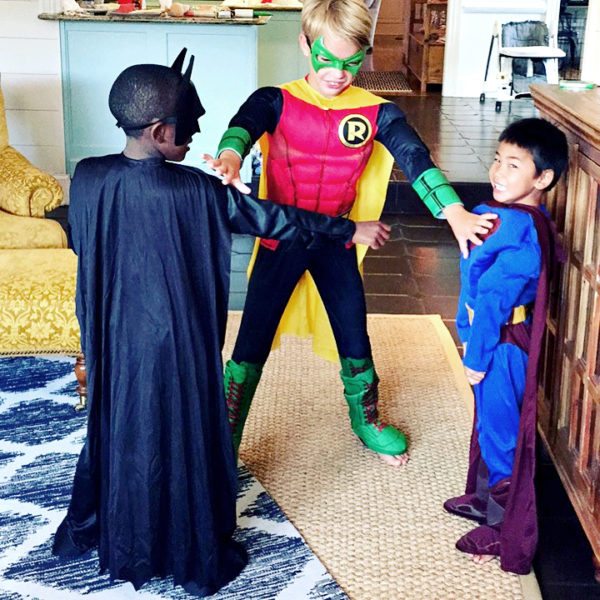
So we clapped at every performance and we started making little performance “sets” complete with a stage. We also started to cheer in new ways when he was not dancing or doing gymnastics. I realized, personally, that I had become tired of cheering during dances… that I wasn’t cheering at other times. This was me — an area as a mom I needed to change. I began to tell my child more and more of his value, speaking truth, holding his hands and looking in his eyes, and cheering in other little activities I caught him doing around our house.
Thank you Jesus for showing me this. Thank you Jesus for helping me see and giving me ideas to better meet an unmet need. Through this simple revelation of this one behavior (of course there were more — and there will always be for all of our children) — we have made new strides this year and seen change in our child and even our heart relationship. I realize I was accepting things for what they were rather than digging deep to know his heart in new ways and also give him mine.
Becoming complacent in any relationship, whether it’s marriage, parent/child or friendship, will quickly kill its authenticity and passion. While coasting might be a desire of our flesh (a cup of coffee on the beach please!), working hard to pull back more layers and connect deeper is always — always — always the heart of our Father. And let me speak a little truth to your heart too. I know deep down it is always your heart and also the heart of your child’s. Because you are His. And so is the little love you are fighting for.
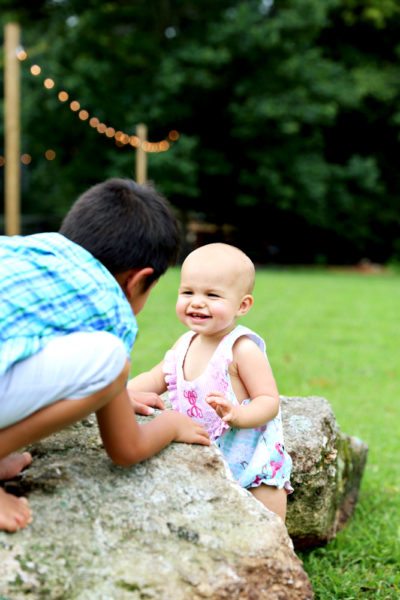
It’s work. It can be painful and ugly. And you will see hard things in yourself as you choose to go deeper. Don’t give up. But with every new layer know that new, real work begins. This good work is like the Velveteen Rabbit. It’ll rub all your pretty fur off — but real, deep connection is worth it.
“He said, ‘You become. It takes a long time. That’s why it doesn’t happen often to people who break easily, or have sharp edges or who have to be carefully kept. Generally, by the time you are Real, most of your hair has been loved off, and your eyes drop out and you get loose in the joints and very shabby. But these things don’t matter at all, because once you are Real you can’t be ugly, except to people who don’t understand.'” – The Velveteen Rabbit








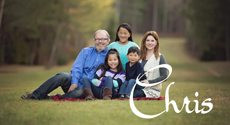






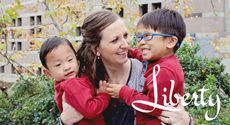
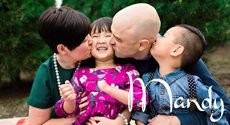









I love this! By changing our perspective, challenges can become opportunities to further show our love. Thank you for writing this! Blessings to you and your family! 🙂
Such a good reminder to keep going deeper. Thank you!
So interesting to hear from TBRI trained/ trauma- informed parents that this process is just that, a process. And to know that the stop points and stale mates along the way are also part of the process.